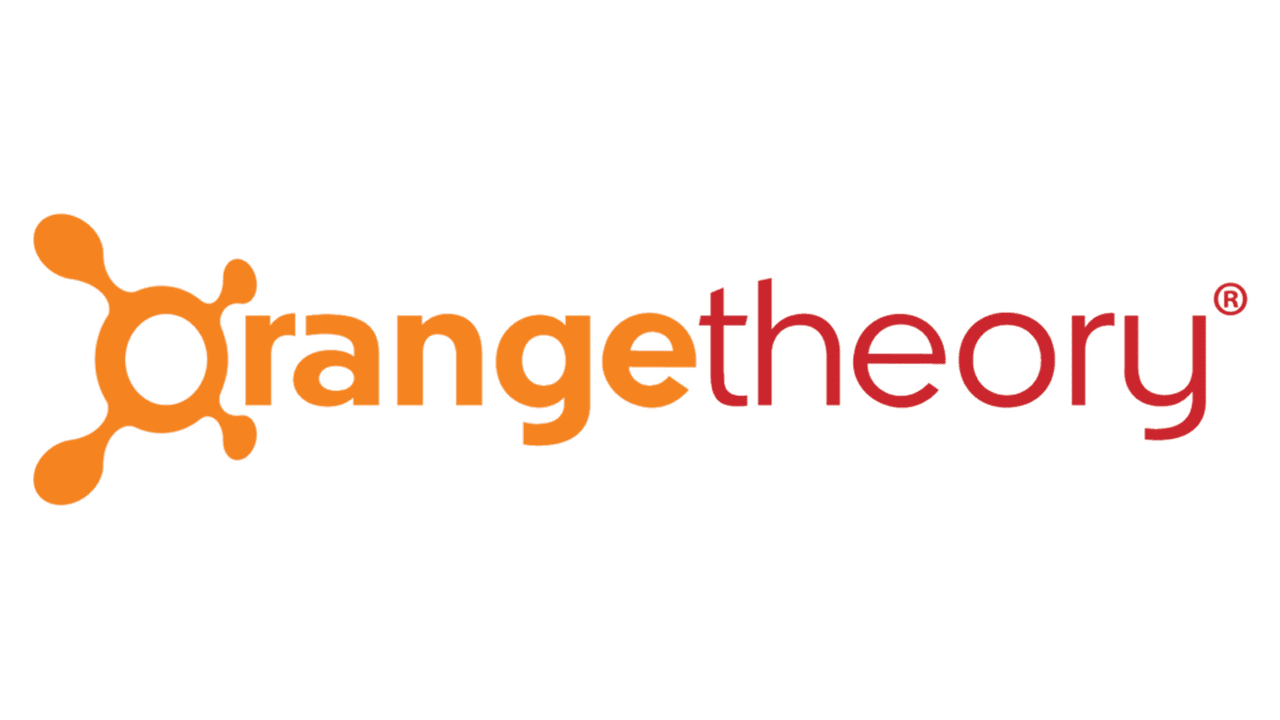What is pay per click advertising?
We use our technical know-how to boost your business' leads and sales.
PPC is a form of advertising where brands pay a fee each time one of their online ads is clicked. These ads are shown at the top of search results and social media channels, based on users’ search habits and behaviours. Paid online advertising, when run effectively, can deliver a substantial return on investment.
That’s why pay per click (PPC) advertising should be left to experienced professionals who craft campaigns through analytical research and react promptly to any opportunities in a changing market.
As a PPC agency, we work with Google Ads, Microsoft (Bing) Advertising and paid social including Meta and LinkedIn. to offer you a tailored service. PPC marketing has the ability to transform and boost your business by putting you in direct view of your target audience.
Tank is a content-first agency, with talented writers offering exceptional ad copy and building highly converting landing pages to drive clicks and keep your customers engaged . We have extensive experience in B2B and B2C sectors including SaaS and tech, retail, ecommerce, and education, so our team is best placed to generate leads and help drive success.







